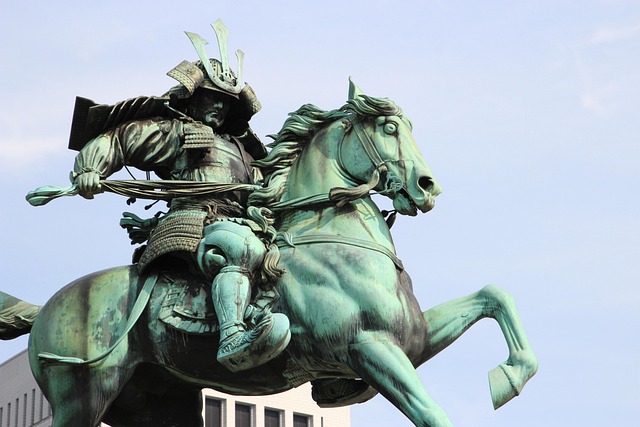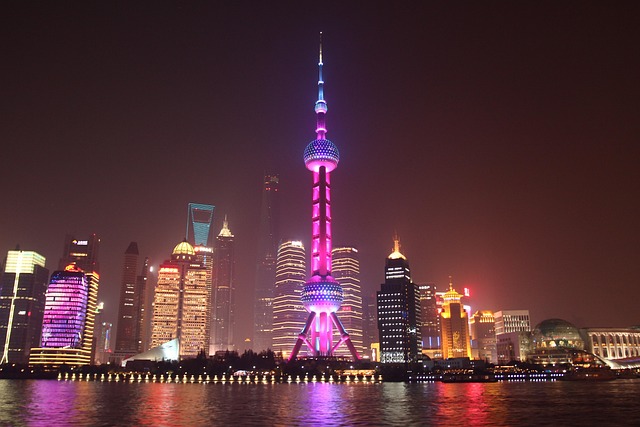Mixed-use development in real estate integrates residential, commercial, and recreational spaces, contrasting traditional zoning. This approach enhances urban vitality, walkability, and convenience, fostering vibrant communities appealing in today's digital era with remote work trends. Such diverse districts attract various demographics, drive market demand, increase property values, promote foot traffic, reduce car dependency, and create aesthetically pleasing environments. Strategic planning, innovative practices, and collaborative partnerships can transform cities' mixed-use districts into 24/7 vibrant hubs catering to daily needs, leisure, and entertainment, thus revitalizing districts and improving residents' quality of life.
In today’s dynamic urban landscape, fostering mixed-use development is key to creating vibrant, livelier districts. This article delves into the concept of integrating commercial and residential spaces within real estate, exploring its manifold benefits, from enhanced community interaction to efficient land utilization. We’ll uncover practical strategies to implement and enhance mixed-use districts, offering insights for professionals seeking to revolutionize urban living and work environments.
Understanding Mixed-Use Development in Real Estate

Mixed-use development in real estate refers to the strategic integration of residential, commercial, and sometimes recreational spaces within a single project or district. This approach contrasts with traditional zoning practices that segregate land uses. By combining different functions, mixed-use developments enhance urban vitality and walkability. Residents can access amenities, services, and employment opportunities without the need for lengthy commutes, fostering a more connected and vibrant community.
In real estate terms, this means designing buildings or areas that cater to multiple needs. For instance, a mixed-use district might feature apartments above retail shops and offices, with parks or cultural spaces interwoven throughout. This diverse mix encourages foot traffic, reduces car dependency, and creates a 24-hour urban atmosphere. Such developments are particularly appealing in today’s digital era, where remote work has blurred the lines between home and office life.
Benefits of Integrating Commercial and Residential Spaces

Integrating commercial and residential spaces in mixed-use developments offers numerous advantages for urban districts. This synergy creates vibrant, bustling neighborhoods where residents have easy access to daily necessities, entertainment, and employment opportunities all within walking distance. Such diversity fosters a sense of community, enhances social interaction, and promotes a more sustainable lifestyle.
In real estate, mixed-use properties cater to diverse demographics, from young professionals seeking urban living to families looking for convenient, walkable communities. This versatility drives market demand, increases property values, and contributes to the economic vitality of surrounding areas. Moreover, mixed-use districts often encourage foot traffic, reducing car dependency, and fostering environments that are more environmentally friendly and aesthetically pleasing.
Strategies to Implement and Enhance Mixed-Use Districts

To implement and enhance mixed-use districts, cities can leverage strategic planning and innovative real estate practices. One key strategy involves integrating residential, commercial, and recreational spaces within close proximity, fostering a 24/7 vibrant environment. Encouraging a diverse range of housing options, from apartments to townhouses, caters to various demographics, ensuring the district appeals to all age groups and income levels.
Additionally, prioritizing pedestrian-friendly infrastructure, ample green spaces, and efficient public transportation links can significantly contribute to the success of mixed-use districts. Collaborative partnerships between developers, urban planners, and local communities are essential for creating a harmonious blend of uses that cater to daily needs, leisure, and entertainment, ultimately revitalizing city districts and enhancing the quality of life for residents.






